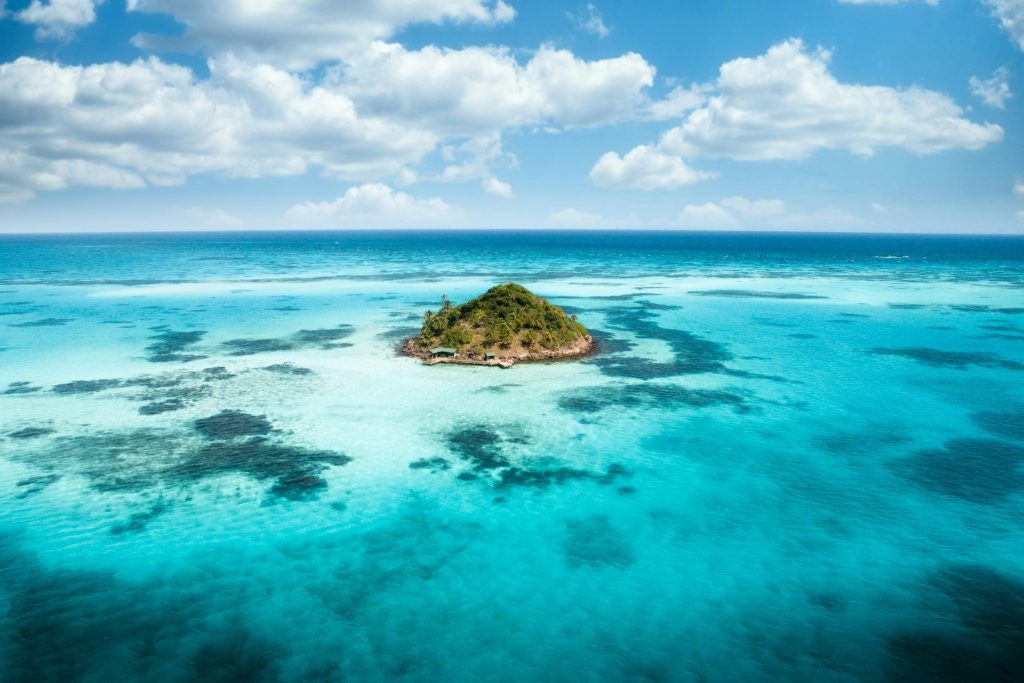1. Colombia is the only country in South America with coastlines on the Caribbean Sea and Pacific Ocean
Colombia boasts a presence on two oceans, a fact that sets it apart from other Latin American countries.

>>Interested in the coastal life? Explore the Dominican Republic: Marine Life and Coastal Restoration
2. Ciudad Perdida is far older than Machu Picchu
 The Lost City (Ciudad Perdida) is hidden away in the Santa Marta Mountain range. It was built by the Tairona indigenous culture around A.D. 700 which makes it much older than Machu Picchu in Peru, built in 1450. The city was later abandoned in the 16th century.
The Lost City (Ciudad Perdida) is hidden away in the Santa Marta Mountain range. It was built by the Tairona indigenous culture around A.D. 700 which makes it much older than Machu Picchu in Peru, built in 1450. The city was later abandoned in the 16th century.
The trek to one of Colombia’s most famous ruins takes 3 to 5 days.
Machu Picchu vs. Ciudad Perdida: A Tale of Two Ancient Wonders
>>Planning your next trek? Discover the charm of Ciudad Perdida!
3. Colombia has more species of birds than Europe and North America combined across its 59 national parks
Colombia is a paradise for bird lovers, boasting over 1,900 species—more than the combined total of Europe and North America. From toucans to rare Andean condors, the country’s ecosystems offer unparalleled biodiversity across its 59 national parks.
Moreover, Colombia’s 1,141,748 square kilometers has 10% of Earth’s known species, making it the second most biodiverse country in the entire world after only Brazil.
The nation’s ecosystems span from Pacific Coast rainforests to 13,000-foot Andean páramos in Sierra Nevada del Cocuy and the La Guajira desert in the north.
- In the Amazon River and Orinoco River basins, pink river dolphins inhabit the freshwater systems, becoming central figures in indigenous folklore.
- The 200-foot wax palms (Ceroxylon quindiuense) in Quindío Department’s Cocora Valley stand as the world’s tallest palm species. These trees grow throughout the Eje Cafetero (Coffee Region) in the central Andes mountains.
- 56,343 known species of plants grow across Colombia’s varied terrain, from coastal mangroves to high-altitude vegetation.
- The Medellín Flower Festival, established in 1957, celebrates this biodiversity annually as one of the world’s largest flower festivals.
- The Cocora Valley is part of Colombia’s Coffee Cultural Landscape, a UNESCO World Heritage site.
![Mantra088, CC0, via Wikimedia Commons Colombian Pink River Dolphin in the water]()




 The Lost City (Ciudad Perdida) is hidden away in the Santa Marta Mountain range. It was
The Lost City (Ciudad Perdida) is hidden away in the Santa Marta Mountain range. It was 